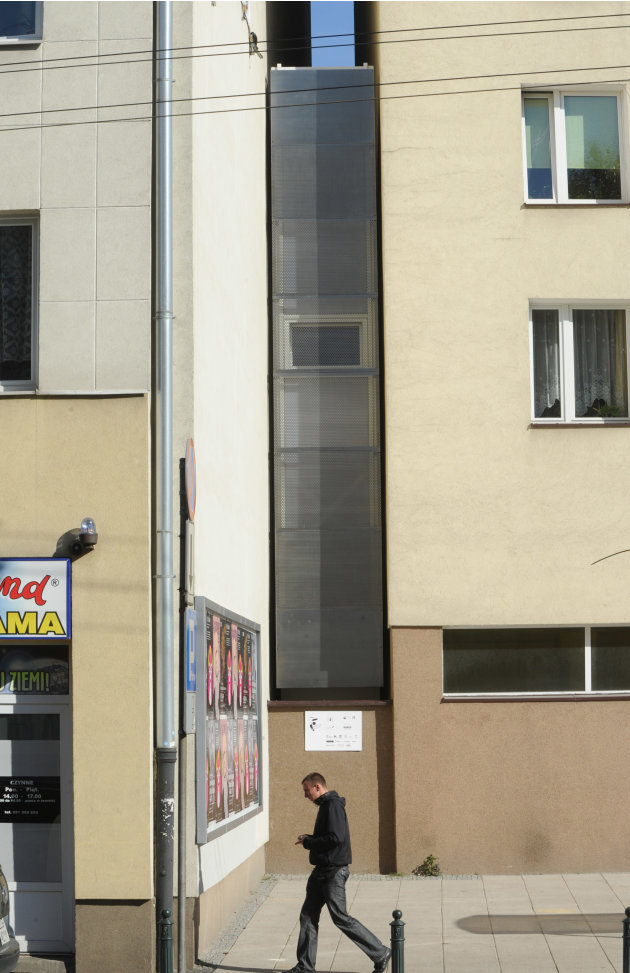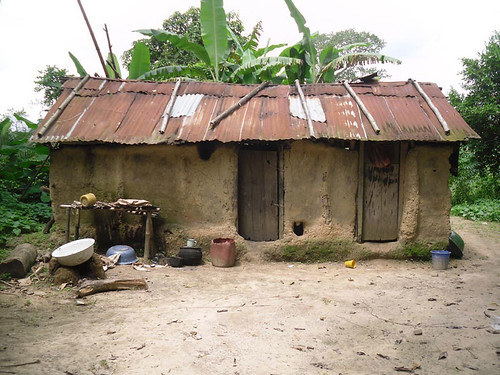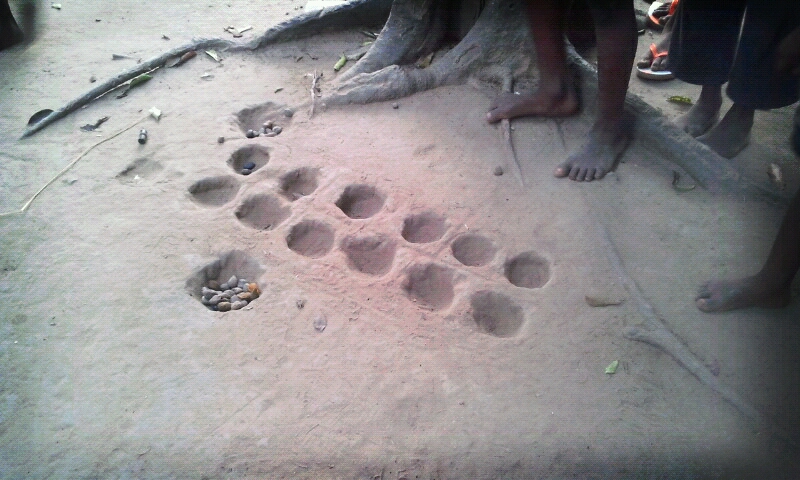Architecture is obsolete; the future is
fabrication.
Since architects began to call
themselves architects – before that, they were builders – they
have sought to leverage drawings as instruments of service, in
practice making pieces of paper produce the contractual terms for
making a living by making lifestyles legible.
Fast forward to today: while movie and
recording studios try to contain 'piracy,' newspapers and magazines
battle 'aggregation,' fashion houses contest counterfeits,
corporations protect their right to copyright and the West deflects
the rise of 'the rest,' architects seek to keep the sanctity of their
sect intact.
Design will always be in the details.
But if in the past (when media was printed) data could be regulated,
conversely in the present network culture dispersal of information
decentralizes power and dissolves control. Suddenly a few individuals
and many machines can outmatch the capacity of the State; case in
point: the greater the number of distinct copies of Wikileak's
insurance file that enter into simultaneous existence, the more
difficult that file's secure contents become to lock down. As the
digital real-time of the social web replaces the telephone call and
the email forward, the spread of information is fast emerging as the
new gravity, if not the new speed of light.
The globe today is a technological
village compared to the mega- (meta-) urbanism of human society to
come. That is to say, human beings are (voluntarily) networking
themselves digitally at an ever-increasing rate. While planetary
space is constant, social material is not. Given that technology is
part of society, we can anticipate two main trajectories for the
future production of space: (1) Mass Produced: The
machine envelops man and the city; and (2) Custom Fabricated:
Man hacks the machine.
In the first scenario, the masses
follow the mass produced (think consumers falling constantly for the
latest Apple). In the second, an individual cooperates with other
individuals to re-appropriate function (using Youtube tutorials to
jailbreak an iphone).
From a certain vantage point, the
danger in deciding that the drawing embodies the sum total of
design's power is that it overlooks the power of production. More
specifically, the fetishization of the image is what led to
architect's self-imposed exile from everyday relevancy and left a
vacuum filled by a geography of McMansions, spec condos and urban
stratification. That was then.
Now design needs to focus less on being
cool, and more on heat. Reset to think globally, act locally.
Designers need to remember that the power of design is in making.
Give people the power of production: new possibilities through
collaboration trumps incestuous discourse and new for the sake of novelty alone. In the
post-bubble world, the only way to be radical is to build.
---
[This text was originally intended for
Thresholds 40
Socio, but never finished (although excerpts accompanied three farmhouses by LOWDO in the exhibit 2084 at Brooklyn's Cameo Gallery). Part of the same thought process that started on this blog and led to
LOWDO,
DSGN AGNC and current work on
Anam City. More recently:
urban O/S and public hacking.]







































